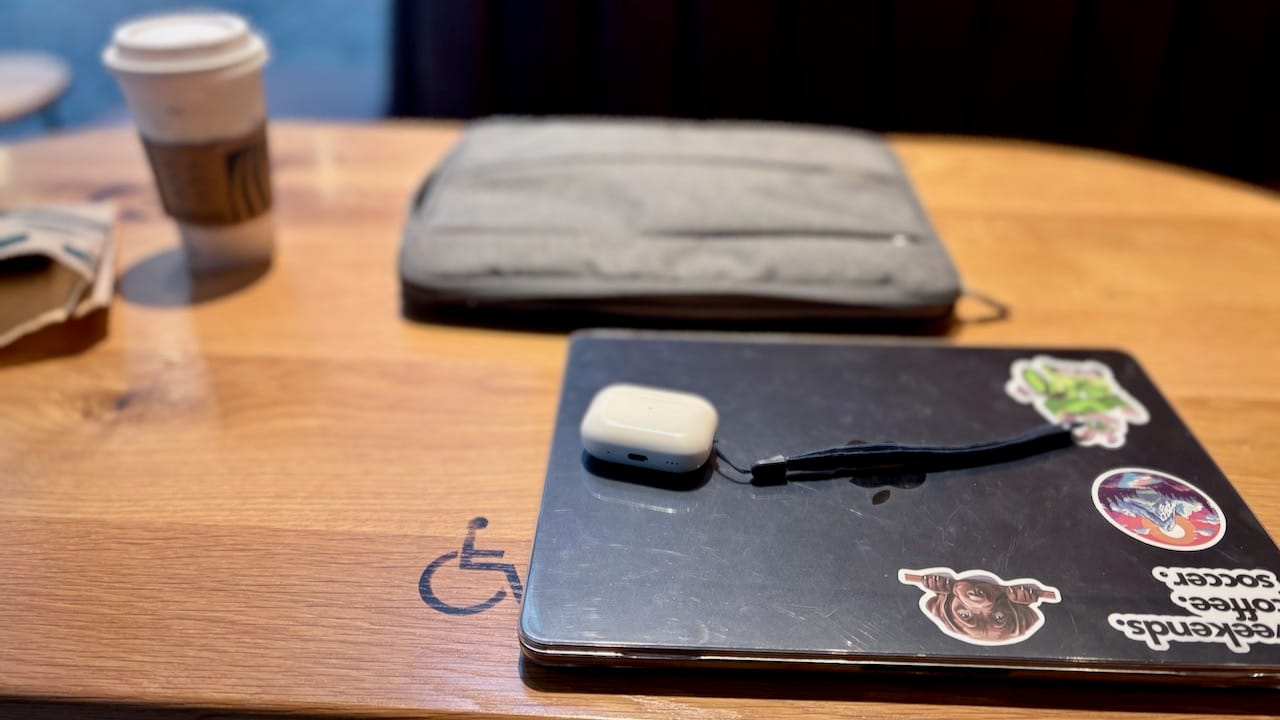“Do you need help?”
This is a question that many people with disabilities, including myself, face daily. While it is often asked with good intentions, it can be an awkward or even frustrating experience for both the person offering assistance and the one being asked.
Understanding the Context
I recognize that offers of help usually stem from a place of kindness. In most situations, I will either accept the assistance or politely decline. However, the decision is rarely a simple one. Various factors influence how I respond.
Take, for example, the buttons that automatically open doors. When I am out with my service dog, I typically decline offers from others to open doors for me. The reason is straightforward. My dog is trained to perform that task. If people frequently intervene, he may start to expect others to do it for him.
That does not mean I refuse all forms of assistance. If someone is already holding the door open as they walk through, I will pass through as well. I have also observed this: many people find it fascinating to watch a service dog. They enjoy seeing it complete tasks it has been trained to do.
On the other hand, there are situations where assistance is both welcome and necessary. For instance, if something is out of my reach like an object on a high shelf I appreciate the help.
One particular instance stands out: while walking my dog, he once relieved himself just beyond my safe grasp. Despite my best efforts, I could not reach the mess. A businessman in a three-piece suit walked past, saw my struggle, and offered to help. I gratefully accepted because I understood the physical exertion required to complete the task on my own.
Individual Perspectives Vary
It is important to recognize that not all disabled individuals feel the same way about receiving help. Some welcome assistance, while others strongly prefer independence. I have encountered individuals who become frustrated or even angry when assistance is offered. This reaction may stem from viewing help as a sign of weakness. They may also be newly disabled and still adjusting to their limitations.
How Can You Help?
People often ask me what they should do in these situations, but there is no universal answer. The best approach is simple: ask. If someone accepts your help, that is wonderful. If they decline or appear irritated by the offer, do not take it personally. More often than not, their reaction is based on their personal experiences rather than a reflection of you.
What You Should NOT Do
One crucial rule to remember is never assume someone needs help and act without asking. Walking up and intervening without permission can be disruptive, and in some cases, dangerous. For example, when I transfer from my wheelchair, balance is critical. If someone were to assist me without warning, they could unintentionally cause me to lose balance. This action might lead to a fall, putting both of us at risk.
Conclusion
Offering help is a kind and thoughtful gesture, but it must be done with consideration and respect. The best way to assist someone with a disability is to ask first and accept their response without judgment. Understanding that every individual has different needs and preferences will create a more inclusive and respectful environment for everyone.
So, the next time you see someone who needs help, remember: a simple question—“Would you like some assistance?”—can go a long way in fostering understanding and respect.

